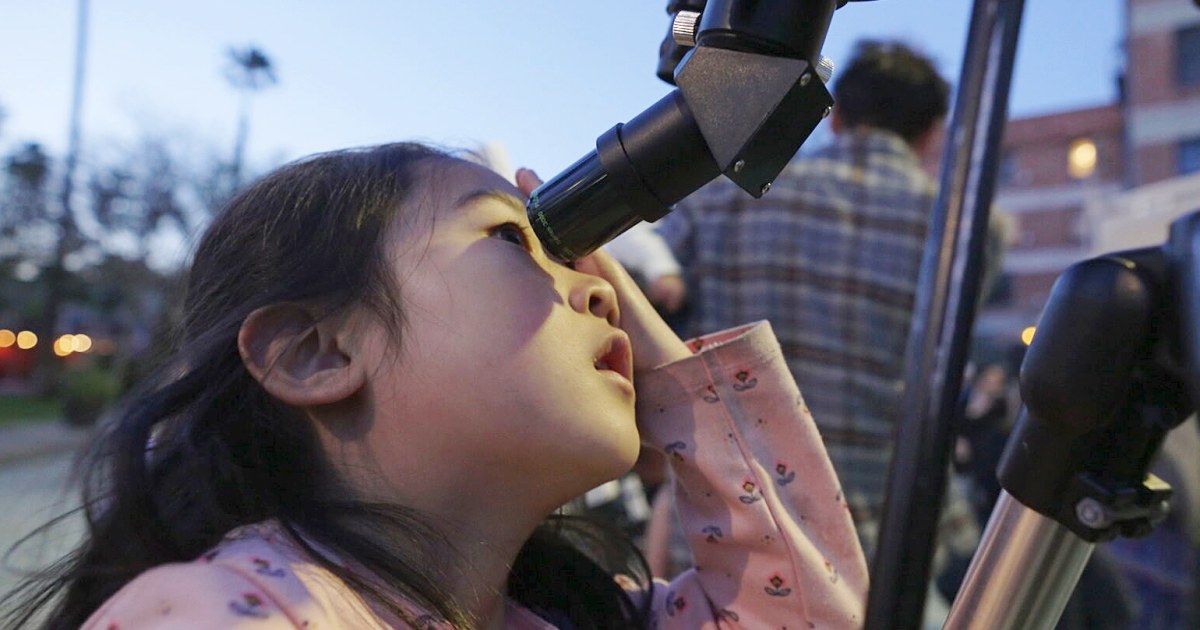
Mission Success Rates
Mission Success Rates refer to the percentage of space missions that achieve their intended objectives. These objectives can vary depending on the mission, but may include tasks such as deploying a satellite, conducting scientific experiments, or landing on a celestial body. Mission Success Rates are an important metric for evaluating the effectiveness of space programs and the reliability of spacecraft and launch vehicles. Factors that can impact Mission Success Rates include technical issues, human error, and external factors such as weather conditions. Achieving high Mission Success Rates is critical for ensuring the safety of astronauts and the success of space exploration missions.
Your Previous Searches
Random Picks
- Quenching: Quenching is a process of rapid cooling that is used to harden and strengthen metals. In the context of space and astronautical engineering, quenching is used to create materials that can withstand extreme temperatures and pressures experie ... Read More >>
- Water Balance: Water balance is the study of the distribution and movement of water in the Earth's atmosphere, oceans, and landmasses. It involves the analysis of precipitation, evaporation, transpiration, infiltration, runoff, and storage of water in var ... Read More >>
- Current Drive: Current drive is a technique used in fusion energy research to provide the plasma with the necessary energy to achieve fusion. It involves the use of external sources to drive a current through the plasma, which in turn generates a magnetic ... Read More >>
Top News

Easter's date remains divisive. Some church leaders want that to change...
Eastern and Western churches will celebrate Easter on the same day this year, while marking 1,700 years since the Council of Nicaea unified Christian doctrine...
News Source: ABC News on 2025-04-19

In a city of stars, Los Angeles astronomy club makes sure to keep looking up...
LOS ANGELES — While Los Angeles is home to the biggest stars in the world, a monthly get-together is proving that the city’s rich and famous have nothing on the universe....
News Source: NBC News on 2025-04-18

This week on "Sunday Morning" (April 20)...
A look at the features for this week's broadcast of the Emmy-winning program, hosted by Jane Pauley....
News Source: CBS News on 2025-04-17

Scientists detect strongest hints yet of life on a distant planet...
Scientists have detected unique chemical patterns similar to those produced by the Earth's algae and seaweed — raising the possibility of the presence of a warm ocean, perhaps teeming with life, on ...
News Source: NBC News on 2025-04-17

Is there life on another planet? Scientists find the strongest evidence yet...
Near a planet far, far away astronomers have found traces of chemicals that on Earth are only produced by living beings....
News Source: Al Jazeera English on 2025-04-17